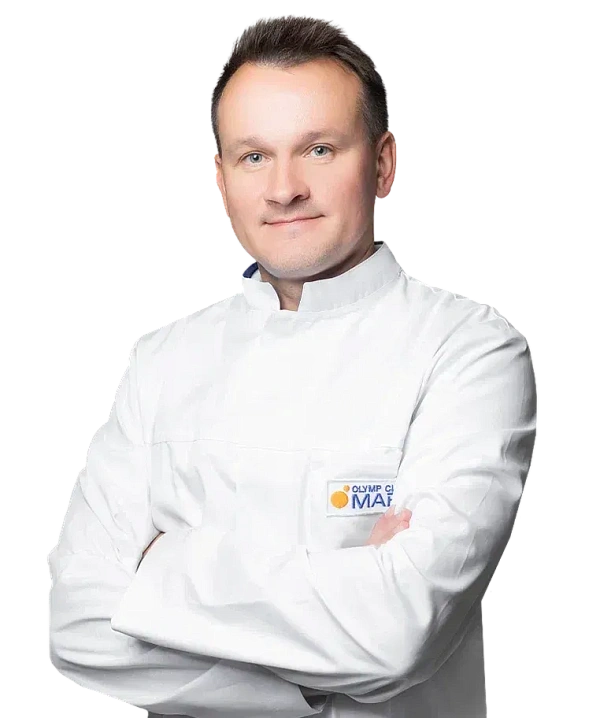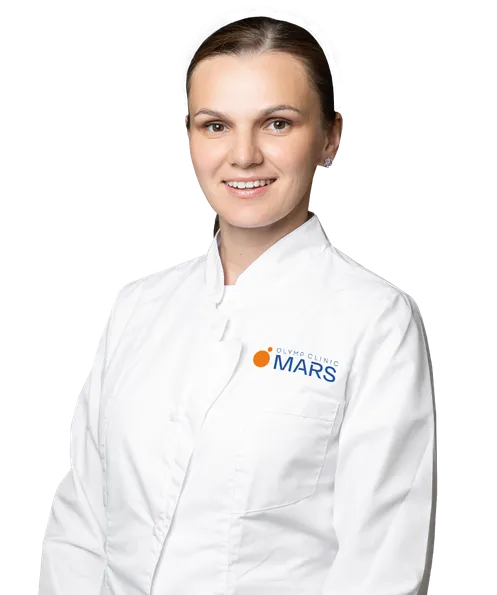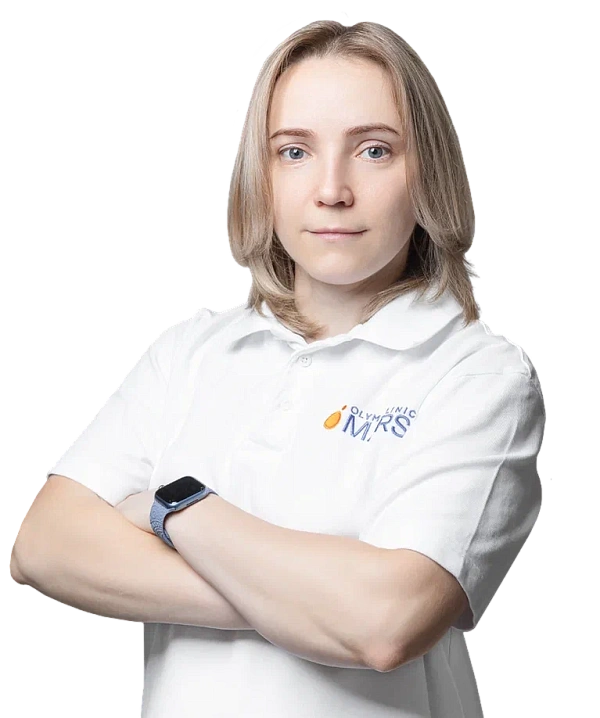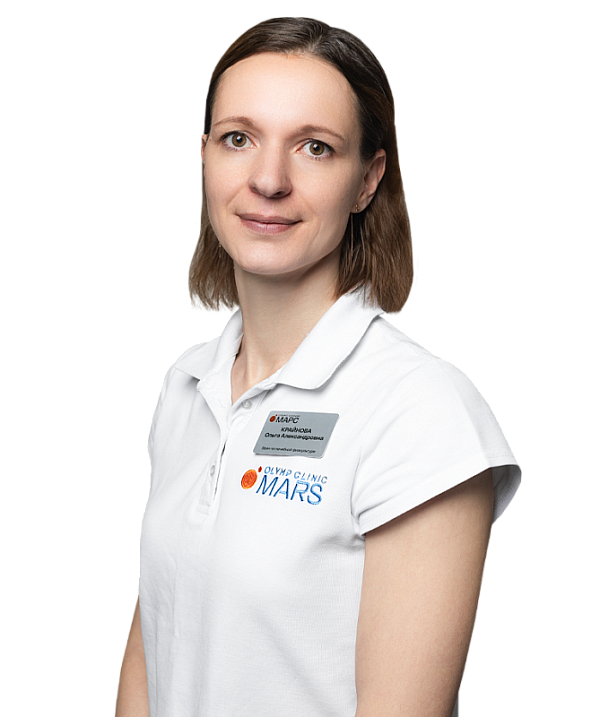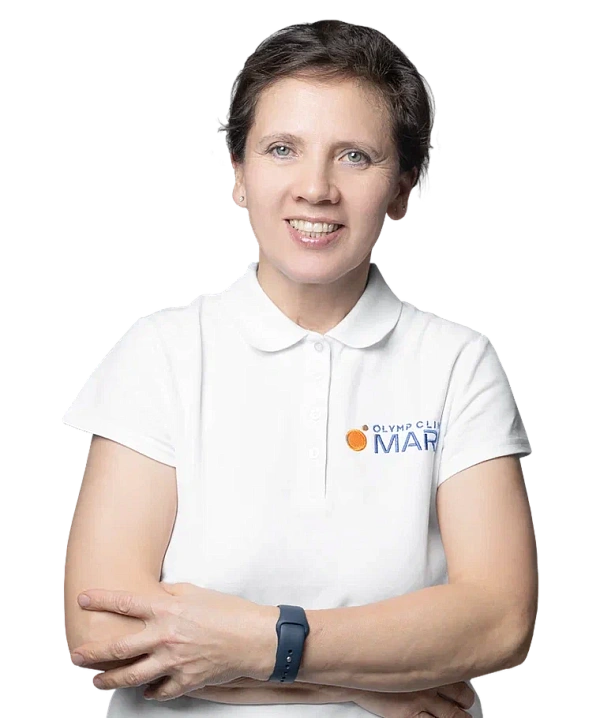Joint mobilization
Manual therapy procedure focused on restoring joint mobility, relieving pain and eliminating functional limitations.
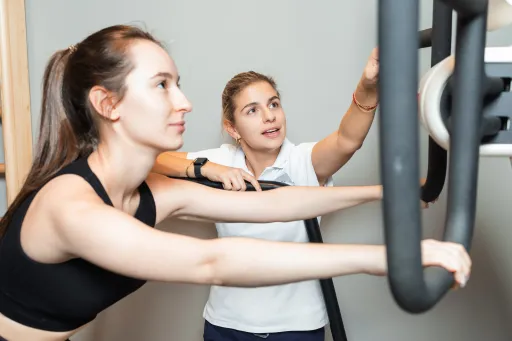
Joints can become less flexible over time due to various factors, such as aging, injuries, chronic diseases, or a lack of physical activity. This can cause pain, reduced mobility, and even disability.
Joint mobilization involves gentle pressure on the joint surfaces to enable smooth motion between them. Mobilization reduces intra-articular pressure, relaxes periarticular muscles and improves blood circulation in the affected area. Процедура подходит для пациентов с артрозами, контрактурами, дегенеративными заболеваниями позвоночника, а также для тех, кто восстанавливается после травм. The treatment is suitable for patients with osteoarthritis, contractures, degenerative spine diseases and those recovering from injuries.
Joint mobilization requires thorough diagnostics: Collecting medical history and clinical examination. X-ray, MRI or other imaging tests. Detecting contraindications. Prior to the procedure we recommend wearing loose clothing and avoiding heavy food.
The patient is positioned in a way that allows the doctor to reach the joint. The joint is moved back and forth in a certain way and with a certain force. This helps reduce pressure on the surfaces of the joint and makes them slide more easily. The procedure may cause a little discomfort, but it should not be very painful. Each session lasts 20 to 30 minutes.
Ergonomic massage table. Training aids and ergonomic cushions to support the joints in the correct position. Heat or cooling packs to prepare the tissues before the treatment.
After your procedure, you should not put too much weight on your joint for 1-2 days. It's important to do light exercises regularly as recommended by the doctor. This will help keep the joint healthy.
Painless and safe Soft impact eliminates joint traumatization. Integrated improvement Increased mobility, pain relief and normalized blood circulation. Suitable for all ages The method is adapted to each patient. Complications prevention Prevents contractures and the progression of joint disease.
Frequently Asked Questions
Which joints can be mobilized?
How many sessions do I need?
Can joint mobilization be combined with other treatments?
Didn't find an answer to your question?
You can describe your problem in detail and ask a question to the doctor. He will answer you and help you find a solution
Specialists
Find a SpecialistCandidate of Medical Sciences. Orthopedic Trauma Physician, Chiropractor, Sports Medicine Physician, Physical Therapist. Head of the Rehabilitation and Restorative Medicine Department.
Physical therapy instructor
Exercise therapy and sports medicine physician
Doctor of physical therapy and sports medicine, orthopedic traumatologist
Rehabilitation Therapist
Similar referral activities
Consultation with a rehabilitologist
The doctor of the department of rehabilitation and restorative treatment is engaged in restoring or compensating for the lost functions of the patient after various injuries, operations and diseases.
High-intensity magnetic therapy (SIS)
The method of physiotherapy, which is based on the effect of a powerful pulsed magnetic field on body tissues, which contributes to pain relief, reduces inflammation and accelerates tissue regeneration.
Techar therapy
A method of physiotherapy based on the use of electromagnetic waves of a certain frequency for a deep impact on the tissues of the body.
Shock Wave therapy (UHT)
A treatment method based on the effect of acoustic shock waves on body tissues.
Low-frequency electrostatic therapy
A method of physiotherapy based on the effect of a low-frequency electrostatic field on body tissues.
Mechanotherapy
A rehabilitation method based on the use of mechanical devices to restore joint mobility and increase muscle strength in patients after injuries and operations on the musculoskeletal system.
How to reach
How to get
From the Belorusskaya metro station of the Zamoskvoretskaya line - exit 4 After exiting the subway, walk through the pedestrian tunnel and climb the stairs. Move towards the railway tracks, go down the stairs immediately after them and walk along the house, then turn right onto 1st Yamskoye Pole Street. At the turn to 3rd Yamsky Pole Street, cross the road at the pedestrian crossing and continue along 1st Yamsky Field Street, after a few buildings on the left you will see Olympus Clinic MARS.
Travel time
9 minutes
Landmark
Olympus Clinic MARS sign
How to get
From the Belorusskaya metro station of the Ring line - exit 2. After exiting the subway, turn left and walk to the pedestrian crossing. Cross the road through two pedestrian crossings and move along the Tverskoy overpass. Go down the stairs immediately after the railway tracks, walk along the house, then turn right onto 1st Yamskoye Pole Street. At the turn to 3rd Yamsky Pole Street, cross the road at the pedestrian crossing and continue along 1st Yamsky Field Street, after a few buildings on the left you will see Olympus Clinic MARS
Travel time
11 minutes
Landmark
Olympus Clinic MARS sign
From the metro station "Tsvetnoy Bulvar"
1 exit to the city, then left to the Garden Ring, at the crossing to the right, crossing the boulevard, one more crossing and at the traffic light to the left. The Olymp Clinic building is located overlooking the Garden Ring to the right of the crossing. Travel time is approximately 9 minutes. Landmark - sign Olymp Clini
From the metro station "Sukharevskaya"
Exit 3 from the metro and 640 meters straight ahead, the clinic will be on the right. Landmark - sign Olymp Clinic
Parking lot map
Exit 3 from the metro and 640 meters straight ahead, the clinic will be on the right. Landmark - sign Olymp Clinic

From Sokol metro station
The last car from the center: follow the signs for Exit 5. From the glass doors to the right and go to the end of the passage. Exit to the city by the steps to the left. After exiting the crossing to the street, go straight along Leningradsky Prospekt to the intersection with Chapaevsky Lane. Next, turn right (onto Chapaevsky Lane) and walk to the Triumph Palace residential complex. Entrance to the territory: through checkpoint No. 1, opposite the Vkusville store, you will need to present your passport. After passing through the checkpoint, go up the stairs to the fountain, opposite it you will see our clinic.
Travel time
10-12 minutes
From the Airport metro station
The first car from the center: follow the Exit 2-3 signs. Turn left out of the glass doors and walk to the end of the passage. After exiting the crossing to the street, go straight along Leningradsky Prospekt to the intersection with Chapaevsky Lane. Next, turn left (onto Chapaevsky Lane) and walk to the Triumph Palace residential complex. Entrance to the territory: through checkpoint No. 1, opposite the Vkusville store, you will need to present your passport. After passing through the checkpoint, go up the stairs to the fountain, opposite it you will see our clinic.
Travel time
12-15 minutes
How to get
Entry to the territory is prohibited, but there are free city parking lots around the Triumph Palace residential complex, where you can easily find a place for your car. Free parking area:

